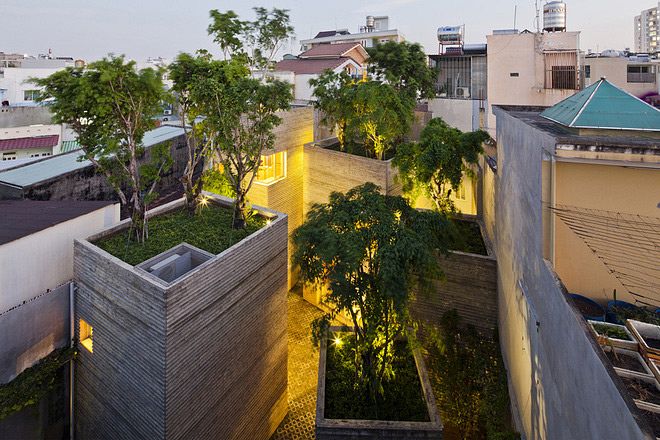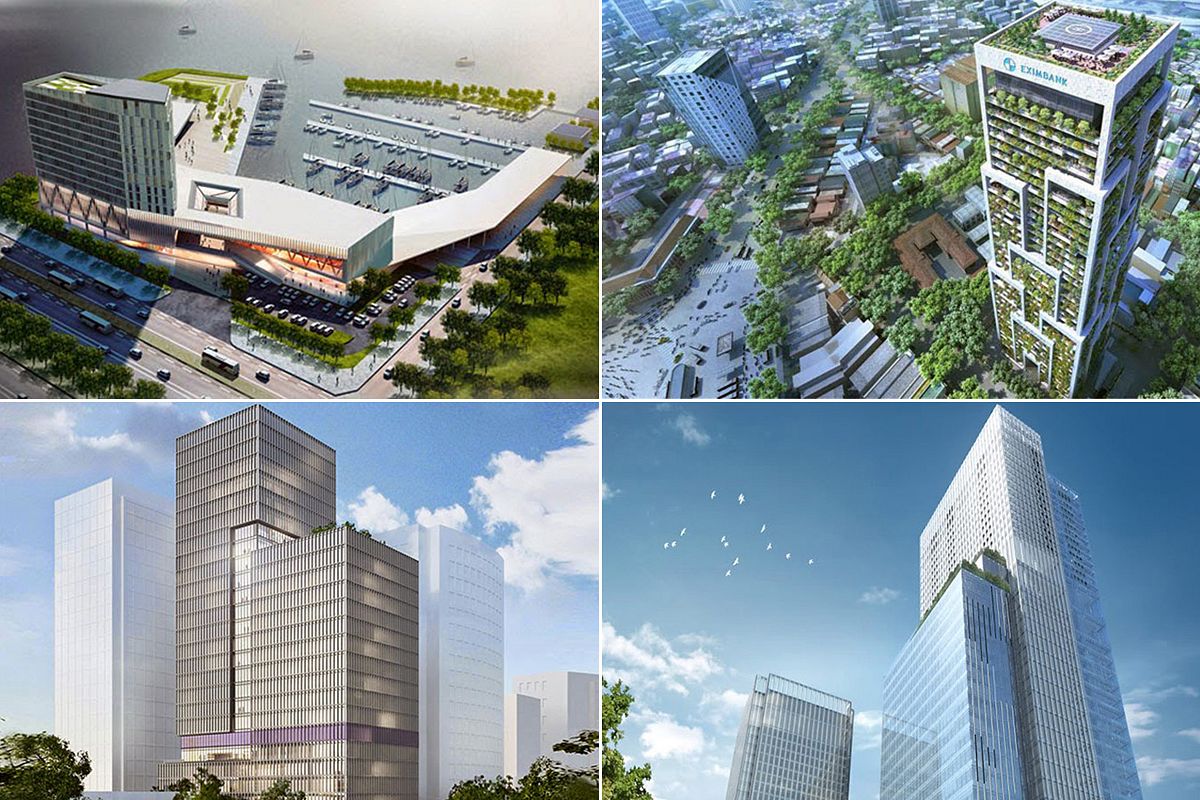According to a report, Metro Line: Changing the Face of the Property Market, released by CBRE last Wednesday, Saigon’s first metro line may cause a significant uptick in for the city’s property values.
Related Articles:
- Detailed Map Of The Entire HCMC Metro System
- A Sneak Peek Into Saigon’s New Metro Cars
- [Video] Take A Virtual Ride On Saigon's First Metro
"In theory, a home located near a public mass transit system would command a higher rent or sales price than the one that was further away because good public transport allowed those living nearby to travel more easily to and from destinations that are important to them," said Marc Townsend, Managing Director of CBRE Vietnam.
"This has been well proven through experiences of other countries where the premium for housing prices in locations close to public transport ranged from 6 per cent to 45 per cent," he added.
However, Townsend said that there were a number of other factors that would determine prices:
"The impact of a new public transport system on housing prices depended on a number of mediating factors, including housing tenure and type, the extent and reliability of the public system, the strength of the housing market, the nature of the surrounding developments and so on. In a metro area, with a strong housing market and a reliable public transport system that effectively connected residents with jobs and other destinations, the price premium may well be much higher than the average."
The report predicted that once operational, areas located within a 10-minute walk from metro stations could see a bump in prices of up to 10% to 20% compared to areas that lie farther out.
For the city’s new urban areas, such as Districts 2 and 9 that will find themselves with a direct conduit to downtown Saigon for the first time, CBRE expects a surge in condominium supply of 58% and 200% in 2017, respectively.
Interestingly, property values may top out before the line opens for business. A 2003 journal article, The Impact of Seoul's Subway Line 5 on Residential Property Values(Bae, C-H, Jun, M-J, Park, H.), used a hedonic pricing regression analysis to determine the impact of the city’s 51-station subway line on residential property values.
“The model shows that distance from a subway station on this line had a statistically significant effect on residential prices before the line was opened. This is consistent with the anticipatory effect observed in previous studies. Once the line was open, however, prices increased only slightly. Other variables, such as size of the unit, quality of the school district and proximity to a high-status subcenter showed more of an impact on house prices than did proximity to the new line.”
Duong Thuy Dung, Head of CBRE’s Research and Consulting Department, said that the line would also impact land use in the city:
"Better connectivity will allow commercial activities to be decentralised away from the congested Commercial Business District (CBD). This will also allow occupancy costs for the city to be controlled and managed by being able to offer alternative locations away from the CBD, but it will still be well connected. It is expected that new clusters of commercial properties will arise along the metro lines, especially for properties in the mid-end levels."
"The first metro line…will cut journey times by at least half meaning that anywhere with decent access to these lines will really benefit. For this reason, we can expect mixed-use developments along the metro line to include condos, apartments, offices, hotels, restaurants, shops, outdoor activities, educational institutions and cultural and other attractions, just as can be seen today in cities, such as Hong Kong, Bangkok or Singapore."
[Photo via Guillaume]














